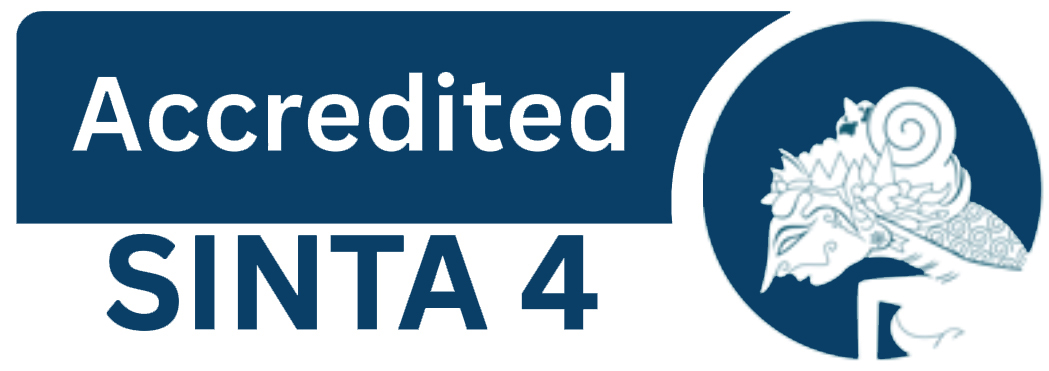Penggunaan model pembelajaran problem based learning untuk meningkatkan kemampuan berpikir kreatif siswa kelas V sekolah dasar
DOI:
https://doi.org/10.22460/collase.v7i5.24282Abstract
This research investigates the development of creative thinking capacity in students in specific science material about ecosystems. There are several targets aimed at by this research, namely: (a) measuring the increase in Creative Thinking capacity through the implementation of the Problem Based Learning method, (b) evaluating student reactions to the Problem Based Learning method in order to hone Creative Thinking, and (c) recording the obstacles that arise. faced by teachers in applying the Problem Based Learning method to strengthen Creative Thinking. This research uses a quantitative and qualitative approach with a sequential explanatory framework. The research was carried out at an elementary school located in Ngamprah, involving 31 students and a class teacher. Data collection was carried out through observation, student reaction surveys, and interviews with teachers. Data analysis used the normality test, N-gain test, and t test assisted by SPSS 23 software. The findings from this study show that: (a) the implementation of the Problem Based Learning method is effective in increasing students' Creative Thinking capacity, as evidenced by an increase in N scores -gain of 0.58 in the medium category, starting from a pretest score of 33% which rose to 77% in the posttest, where this learning model is considered successful if the N-gain score obtained is more than 0.3 in the same category, (b) students expressed positive reactions to the application of the Problem Based Learning method based on survey data, (c) challenges faced by teachers during the application of the Problem Based Learning method included a lack of collaboration between students and difficulties for teachers in managing students who were less active in helping their classmates because they were more focused on their individual activities.
Downloads
Published
Issue
Section
License

This work is licensed under a Creative Commons Attribution-ShareAlike 4.0 International License.



